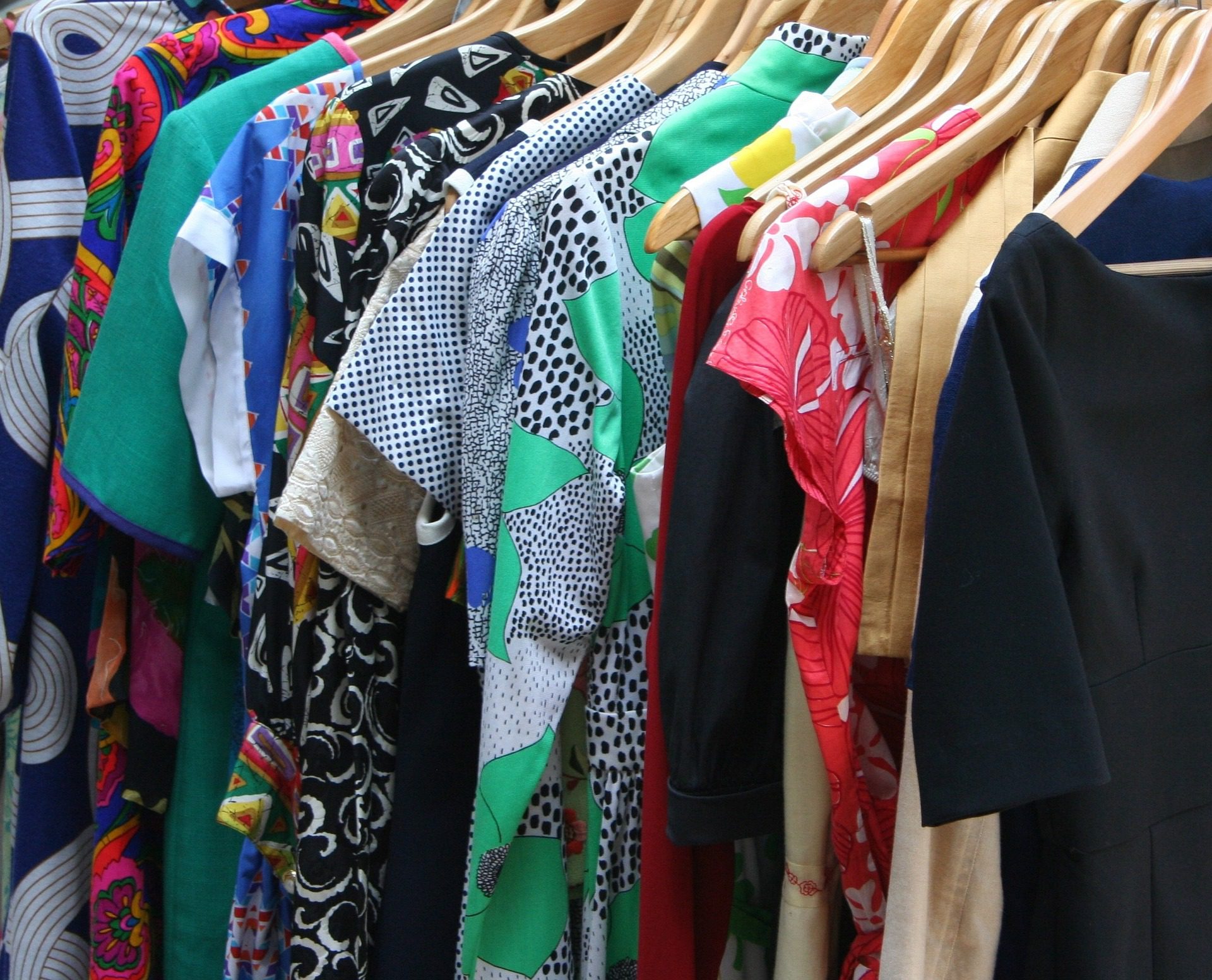
Forced Labor Among Informal Apparel Workers in Apparel Hubs of Bangladesh: A Prevalence Estimation Report
Background
Bangladesh is the second largest textile and garment products exporter in the world and its ready-made garment industry employs millions of workers, accounting for 85 percent of export earnings.1 The COVID pandemic hit the industry hard, with over $3 billion in canceled orders.2 Bangladesh’s Ready-made Garments (RMG) sector is supplied by subcontracting orders from informal RMG factories. These factories operate without formal oversight from government or brands and were hit particularly hard by the pandemic. This left Bangladeshi workers in dire circumstances. Informal garment workers are vulnerable to forced labor and child labor due to high poverty rates, the fragmented nature of apparel supply chains, and the lack of enforcement of legal protections for workers. GFEMS has invested in several studies to shed light on exploitative labor practices in the informal apparel sector of Bangladesh, including policy analysis and a rapid assessment of the policy impacts of COVID-19 on workers. The Fund has created handouts to support stakeholders in advocating for programming and policy changes. Few organizations have previously estimated the prevalence of forced labor in the informal ready-made garment sector. With funding from the UK Foreign, Commonwealth and Development Office (FCDO) and the Norwegian Agency for Development Cooperation (Norad), GFEMS engaged NORC at the University of Chicago to measure the prevalence of forced labor among informal apparel factory workers in the Narayanganj and Keraniganj garment production hubs in Bangladesh. The study also examines levels of forced labor for workers who migrate from vulnerable source districts of Bangladesh.
Read or download report here.
